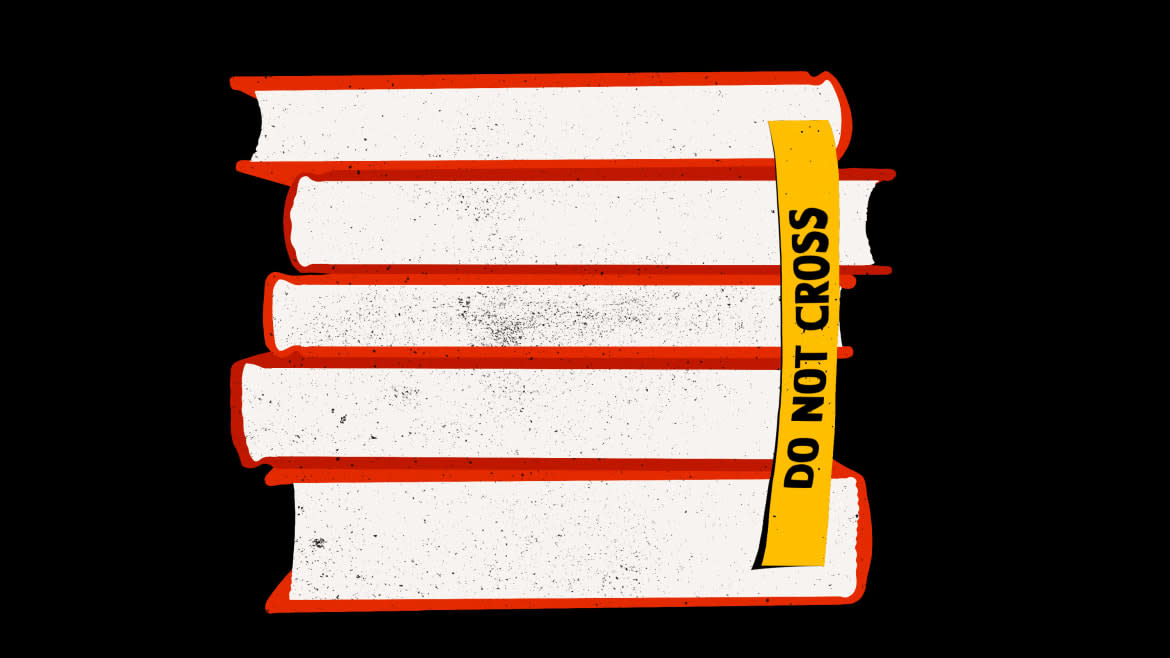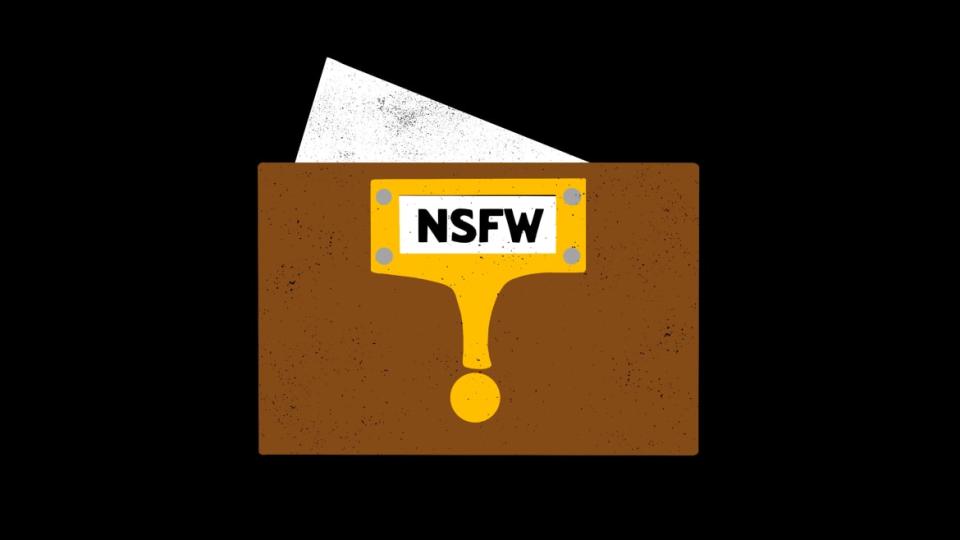Here Are 5 Book Ban Trends to Watch in 2023

In the past two years PEN America has tracked thousands of book bans nationwide.
In that time, a familiar pattern has emerged: excerpts of books circulate online, and organized advocacy groups provide step-by-step strategies to demand their removal. Then, someone—a parent, administrator, concerned citizen or politician—acts on the advice and objects to a book being in a school. School officials give in to these demands often without adhering to their own policies or without first reading the books in question.
Big Brother Is Headed for the Classroom
This familiar pattern continues to reproduce across districts. At the same time, the movement to ban books is evolving. New tactics and new targets are gaining momentum, and they are likely to intensify in the year ahead.
Here are five of the most worrisome.
1. New laws are chilling access to information.
In the last academic year, book banning was largely propelled by local parents or citizens. But books are now also being pulled in response to new laws.
Since summer 2022, Florida schools have been removing books with LGBTQ+ content under threat of punishment from what critics have dubbed the “Don’t Say Gay” law. In Missouri and Utah, new laws concerning the distribution of material deemed “harmful to minors” have led schools and librarians to cull their collections, scuttling away books with any nudity or sexual content.
In the past, teachers and administrators removed books for fear of parental ire, not government reprisal. The stakes of defying demands to ban books are rising, and more educators feel they have no choice but to capitulate.
2. Policies are changing to make book banning easier.
In several states this is also no longer just about removing specific books—it’s about altering the policies that govern book acquisitions, challenges, and removals.
Florida Puts Raging MAGA Moms on Book-Banning Council
One Pennsylvania district passed vague new rules last summer about what kinds of books can be purchased. In the fall, a Texas district passed a prohibition on all books that discuss “gender fluidity.” In Florida and South Carolina, districts have suspended access to slates of books when challenged, then rewritten their policies to justify such bans retroactively. And in Tennessee, a politically-appointed commission will soon have the power to ban books across the state’s schools, and some commission members do not want to have to read the books before banning them.
These changes are mechanisms to rapidly expand the scale of book banning. More proposals like these are likely on the horizon.

3. Activists want to equate any sexual content with pornography.
Books with sexual content have been frequent targets for banning in the past two years, alongside books about race and those featuring LGBTQ+ characters. But this fall political rhetoric about “porn in schools” has been ratcheting up.
Some politicians and advocacy groups are determined to elide any distinction between sexual content in works of literature or health education texts with works of pornography designed to titillate.
The pressure to root out such content appears to be working, as some schools and librarians have determined that even classic works like The Handmaid’s Tale or The Bluest Eye, or books about puberty like It’s Perfectly Normal, are somehow indecent materials that lack value for minors because they have sexual content. This dragnet is sweeping up memoirs and works of fiction that might teach young adults about consent, sexual assault or date rape—and parallel new efforts in some states to censor education about abortion.
In some cases, books with LGBTQ+ content have been construed as pornographic, even when that content is not sexual whatsoever.
4. Censorship efforts are intensifying at public libraries.
Though schools have been at the epicenter of the current surge in book bans, public libraries are increasingly in the crosshairs.
Objections to public library books are not novel; but the frequency, volume, and intensity of these demands is. In numerous states libraries have been facing demands to remove lists of books, to ban LGBTQ-themed book displays, and to prohibit shelving LGBTQ+ content in children's sections.
Georgetown’s Got a Serious Free-Speech Problem
When one Michigan library refused to ban a handful of LGBTQ+ books, local citizens mounted a campaign and voted to stop funding it. Similar stories have emerged in Kansas and Pennsylvania, along with accounts from Iowa to Idaho of librarians quitting in the face of anti-LGBTQ hate, putting the fate of some libraries in jeopardy.
In a dramatic illustration of this escalating movement, 79 books were recently restricted in a Louisiana library; they can now be requested and checked out but not even adults can browse them independently. This censorship crusade is clearly not remaining solely focused on schools.

5. Proposals to regulate books are getting more extreme.
As the moral panic around books has intensified, political solutions have also grown more draconian. Some want to treat books like controlled substances.
The city council in League City, Texas, for example, recently voted to prohibit purchasing, displaying, or stocking books with certain content from any public library. In doing so, they are empowering local governments to dictate what books all citizens can freely access.
Likewise, in Texas and Oklahoma, bills recently introduced would require new age ratings for books, which would be used to strictly police their public availability. Unlike rating systems for movies or music which are industry-driven, the Texas proposal would give the state new authority to set and enforce these ratings. Publishers that don’t comply would lose access to the state’s public school market entirely.
A Lot More Censorship Is Coming to a School Near You
These trends raise grave concerns, not only for young readers, but for all citizens. This is a multifaceted movement to control the free flow of ideas—especially ideas about race, gender, sexuality, and history. As this movement spreads, it is becoming more extreme and eroding public trust in teachers and librarians. It is lessening students’ educational and literary horizons, and having a detrimental impact on authors.
Advocates for diverse literature and the freedom to read must continue to fight these censorship tactics, alert to the ways in which they are likely to metastasize in 2023.
Jonathan Friedman is director of free expression and education programs at PEN America. He is lead author on PEN America’s latest report, “The Growing Movement to Censor Books,” which tallied more than 2,500 book bans between July 2021 and July 2022.
Get the Daily Beast's biggest scoops and scandals delivered right to your inbox. Sign up now.
Stay informed and gain unlimited access to the Daily Beast's unmatched reporting. Subscribe now.


